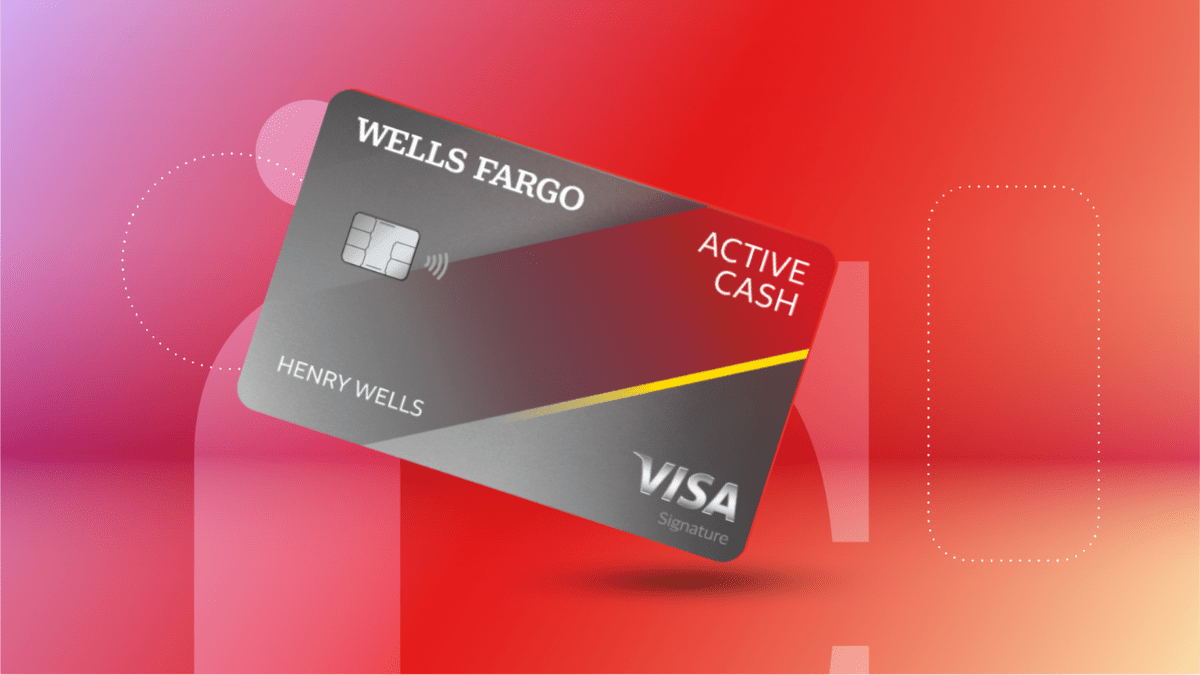Trading Tick: What is tick trading? Learn about tick size, tick charts, and simple #tick trading strategies. This blog explains how to use trading ticks to understand the market and trade smarter.

What is a #Trading Tick?
Introduction
Ever wondered how stock prices change so quickly in the market? The answer lies in a tiny but important concept called the #trading tick. Whether you’re a beginner or an experienced trader, understanding trading ticks can help you make smarter decisions. In this blog, we’ll explain what a #trading tick is, what tick #size means, how tick #charts work, and how traders use tick #trading strategies—all in simple, easy-to-understand language.
What is a #Trading Tick?
A tick is the smallest possible price movement of a financial instrument, such as a stock, futures contract, or option. For example, if a stock’s price moves from $100.00 to $100.05, that $0.05 change is called one tick.
- Tick Size: This is the minimum amount by which the price of a security can move up or down. Each exchange or regulator (like the SEC or SEBI) sets the tick size for different instruments.
- Example: If the tick size for a stock is $0.05, the price can move from $100.00 to $100.05 or $99.95, but not to $100.02.
How Does #Tick Trading Work?
#Tick trading is a high-speed #trading strategy where traders aim to profit from very small price movements (ticks). Traders use real-time market data, tick #charts, and advanced #trading platforms to spot opportunities.
Key steps in #tick trading:
- Analyzing real-time data and tick charts to understand market movement
- Placing buy and sell orders quickly
- Making multiple trades on small price changes (ticks)
- Using stop-loss and profit targets for risk management
What is a Tick Chart?
A tick chart is a special type of chart where a new bar is created after a set number of trades, not after a set amount of time. For example, in a 50-tick chart, a new bar forms after every 50 trades, whether that takes 1 minute or 10 minutes.
Benefits of Tick Trading
- Quick Profit Opportunities: Frequent small trades can add up to significant profits.
- Deeper Market Insight: Tick charts reveal real-time market trends and momentum.
- Ideal for Scalping and Day Trading: Tick trading is perfect for traders who make multiple trades in a single day.
Things to Keep in Mind with Tick Trading
- Liquidity: Tick trading works best in highly liquid markets.
- Bid-Ask Spread: Lower spreads mean more profitable tick trading.
- Transaction Costs: Frequent trading can increase brokerage and taxes, so keep an eye on costs.
- Risk Management: Always use stop-loss and profit targets to protect your capital.
Conclusion
Tick trading is an advanced yet exciting strategy that lets you profit from the smallest price movements in the market. If you’re interested in day trading or scalping, tick trading is definitely worth exploring. With the right knowledge, practice, and risk management, you can make the most of every tick in the market!





















